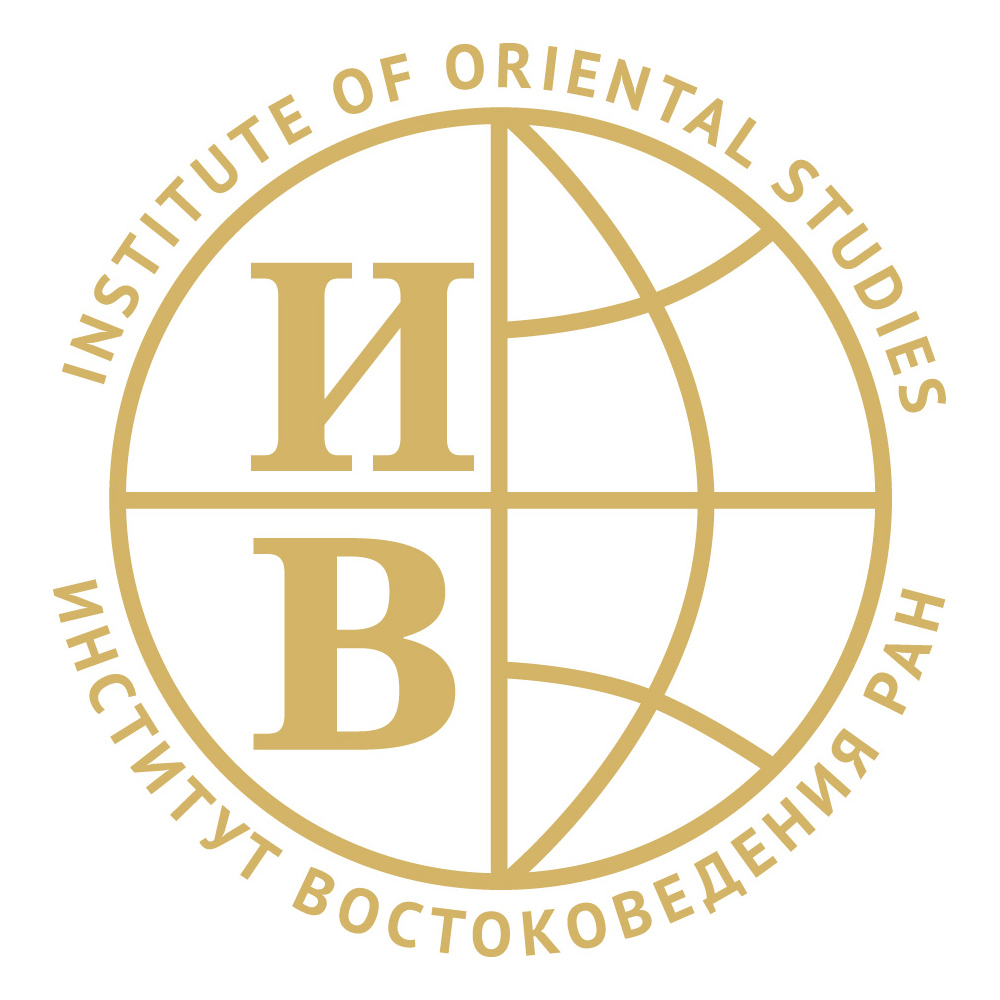 (1)
(1)
The two Palestinian losses
17/04/2010
The Palestinians lost twice already in their struggle against Zionism: One when it was led by the seculars, and now when it became to be led by the religious right wing coalition.
When it was led by the seculars, those seeked to have the Jewish state in the Palestinian Coastal heart-taking magnificent areas. With that the Palestinians lost their coast, but also had maybe more importantly they lost the coastal culture, which was about openness to the other, diversity, tolerance and participation. They were left with the mountains areas of West Bank with its conservative culture, and the periphery of the coast (Gaza Strip) in addition to East Jerusalem as a town that lost its notables in 1948, and was left with a type of middle class that provides services to the Muslim and Christian Pilgrims to the city during the period of 1948 to 1967.
When the religious- right wing coalition take over the leadership in Israel starting from 1977 change in the Israeli government, those seeked the Israeli dominance over the Jewish religious places in West Bank and East Jerusalem, further they were able to move the language of the supposedly left wing labour party to become more religious, especially in regard to the Jewish holy places in Jerusalem, as happened with Ihud Barak in Camp David negotiations in the year 2000.
With this coalition prevailing the Palestinians might be about to lose 1967 territories almost in the same way that they lost 1948 territories. How?
(2)
The Permanent Occupation
With what described above, the situation is not anymore about “Peace for land” from the Israeli right wing coalition, but more for “Peace for process”, were the process will become the alternative to the “Peace Process”, the right wing coalition needs such a process in order to be the cover of the shift that already took place from the “temporary occupation” formula of the 1970, and 1980’s, to the “permanent occupation” formula that is adopted nowadays.
The adoption of such new formula, came as a result of the settlement expansion (300,000 inhabitants in West Bank, and 200,000 in East Jerusalem, that created the idea of: since we build all of these settlement, so why to demolish them, and more over: why not to build more?
This move to permanent occupation formula is the one that explains why Israel prevent any building in Area C comprising of 64% of West Bank, and explains what is going on in East Jerusalem, moreover it explains the current mood among the Israeli public opinion, who consider the current situation as less risky of any peace agreement, therefore the common “wisdom” became a one that want to keep occupation, and to have peace in the same time.
(3)
The irrelevance of the two states
And the one state solution
Those who spend their time then analyzing what should be the better solution: The two states, or the one state solution, should know that this discussion is irrelevant, because the Israeli policies already united all the country as one state that is all under Israeli dominance. This is obviously against both the two states and the one state solutions. In this regard they consider the West Bank and East Jerusalem territories as holy to the Jews, therefore they consider these lands as Israeli. In regard to the Palestinians living in these lands they consider them to be a “population” that should not be given more than a self administration as much as they accept the Israeli dominance, and if not they should leave to Jordan. In other words the Palestinians rights towards the land are not reconsidered, and the same the Palestinian collective rights as a national group.
With that the historical land of Palestine to be united under the Israeli authority, while the Palestinians to be dealt with as scattered population that have no rights as citizens.
Therefore, the process is not in the direction of one state solution for both peoples, but a process towards one state solution that is without the Palestinians. How?
(4)
Dark Prospects
Such right wing coalition, with such ideas and practices, if not stopped, will continue the process of taking the ground from under the feet of the Palestinians, a process that happened gradually before 1948 leading to the forced migration of the Palestinians of that time. The fear of such new Palestinian exodus is high, given also that it happened already twice historically, one in 1948, and the second in 1967.
The described above might look as impossible, but it looked also impossible in 1930’s, then it happened in 1948. Why?. Because the dynamics emerging from the settlement expansion at that time created processes of uprooting the Palestinians, when they found themselves outside the country at the end, Today also if the settlement expansion will continue, then it might create the same dynamics.
When some observers saw that the current global realities are not the same like of what was in 1948, one should notice in the opposite that in Israel today there are right wing groups who are ready to have a confrontation with the world, and ready to pay the price of such confrontation, whatever such price will be in the path for taking over all the historical Palestine. The current growing tension between Israel in the USA (reminding of the one with the British Mandate in Palestine in 1940’s), is still in the beginning, and it is expected to heighten in the coming future.
(5)
What exit strategies?
None of the political solutions presented nowadays looks relevant or possible, the bilateral negotiations if resumed will create again an endless process of negotiations, the proximity talks if conducted will lead to endless discussions about the conditions of resuming the negotiations, the international Quartet imposed solution is not on the way, and it will declared it will be impossible to implement it in the ground without bringing international or multitelaral forces to the ground of Israel Palestine which does not look likely to happen. The Arab Peace Initiative also do not look like to move with the continuous Israeli rejection of it.
Further than that, when the two states solution became more accepted internationally, and in the Israeli society, the path to it is closing practically with all the Israeli procedures and activities in the ground. In this regard the Fayyad government two years plan, looks to be the last attempt to get to the Palestinian statehood through the Palestinian unilateral track that it initiated, but this plan still to be tested in two issues: How it will be implemented in Area C and East Jerusalem, and how it will re-unite Gaza with the West Bank?. The Failure to solve these two issues due to the Israeli restrictions will lead the plan to end by being the “Economic Peace” plan of Binyamin Netanyahu.
(6)
The other exist strategies:
Characteristics of the Third White Intifada
Since all those strategies presented hereinbefore will not work, the Palestinian public wisdom created another exist strategy, while some observers spend their time questioning if there will be a Palestinian third Intifada or not, and if there is a fatigue among the Palestinians or not, the Palestinian people already created in the ground their third Intifada, which was called by the Israeli professor Shaul Mishal as “The White Intifada”.
Unlike the previous two Intifadas, this one is not looking for quick results, it acts and work to be permanent, as much as the occupation is permanent. This is its first characteristics.
Its second characteristic is that it is multidimensional. In one hand it expresses itself through the nonviolent activities against the wall in 15 locations such as Balien, Ne’alen, Al-Ma’asarah, Um-Salmoneh, and Shiekh Jarrah. In second hand it expressess itself by the high adoption of the UN “equal rights discourse”, and carrying this discourse to the UN security council, and all the UN and non-Un world structure, using also in this regard the international decisions on the Palestinian issue, and calling for their implementation.
In this regard it includes a variety of activities: Field activities, legal ones, diplomatic ones, and etc.
Its third characteristic is that it brings together the Palestinian-Internationals, and the Israeli activists against occupation together in the ground conducting the activities all the way ahead together.
Its fourth characteristic, is that it includes concerted and coordinated efforts of the civil society organizations, grassroots organizations, and the PA together, were all are participating in its activities together.
This white Intifida is recruiting today more and more international support, especially after the Israeli Army crimes during the last war in Gaza, now the calls for divestment, boycott of the Israeli settlements products, and the calls for sanctions against the Israeli government policies are becoming louder and louder. Also the calls on the PA to stop the security cooperation with Israel if there will be no peace process any more are going up, in addition to those calling for resolving the PA, while it might be doubtful that this last thing might happen.
In the future, this white Intifada might create more support in the Arab world (including the Arab countries campaign against the Israeli Nuclear power), and more importantly among the Palestinian, in Israel, and other segments of the Israeli society.
Now, it is a new type of Intifada, very slow, and very patient, it is based on the assumption that there are no solutions in the horizon in the short run, therefore it builds for the future, and for accumulating changes for that future, depending on the Palestinian human capital, and supported by the region, the globe, and the Israeli peace camp human capital.
The API Regional Network was established by the CDCD and AJEEC-NISPED as part of their project “Building Sustainable Regional Peace based on the API”. This project is funded by the European Union.













